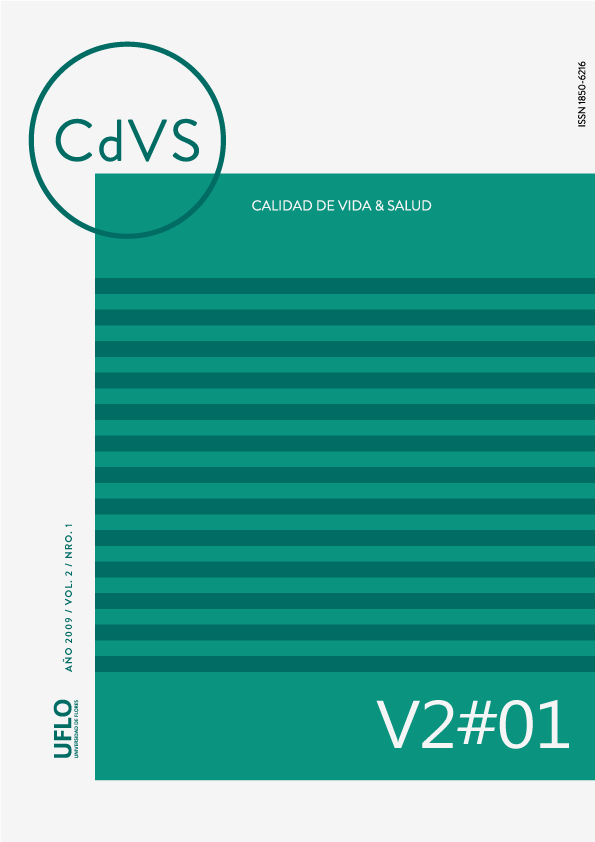LA POBLACIÓN BOLIVIANA RESIDENTE EN LA CIUDAD DE BUENOS AIRES. BREVE DIAGNOSTICO SOCIODEMOGRÁFICO EN EL MARCO DE LA MIGRACIÓN LIMITROFE
Abstract
Una de las primeras preguntas que nos comprometimos a responder, en el marco del proyecto “Migración y discriminación. Educación y proyección laboral de los estudiantes bolivianos en el Bajo Flores”,del cual soy Directora, fue: ¿cuáles son las características sociodemográficas de la población boliviana que reside en la Ciudad de Buenos Aires? La forma de abordaje para responderla se basó en el análisis de datos secundarios obtenidos de las dos principales fuentes con que se cuenta, en términos cuantitativos, para este tipo de estudio: el último Censo Nacional de Población y Vivienda (2001) y la Encuesta Complementaria de Migraciones Internacionales (2003). Sin embargo, para que estos datos fueran más representativos, se presentó en primer término, una breve síntesis del proceso migratorio en clave sociohistórica. Esta caracterización nos permitió abordar nuestro objeto de estudio con una mirada que destacó la necesidad de comprender la migración como un proceso y no como un fenómeno.
How to Cite
Issue
Section
The authors who publish in this journal accept the following conditions:
1. The authors retain the copyright and assign to the journal the right to first publication, with the work registered under the Creative Commons Attribution license, which allows third parties to use what has been published as long as they mention the authorship of the work and the first publication in this journal.
2. Authors may make other independent and additional contractual agreements for non-exclusive distribution of the version of the article published in this journal (e.g., inclusion in an institutional repository or publication in a book) provided that they clearly indicate that the work was first published in this journal.
3. Authors are permitted and encouraged to publish their work on the Internet (e.g., on institutional or personal pages) before and during the review and publication process, as this may lead to productive exchanges and greater and faster dissemination of published work (see The Effect of Open Access).









